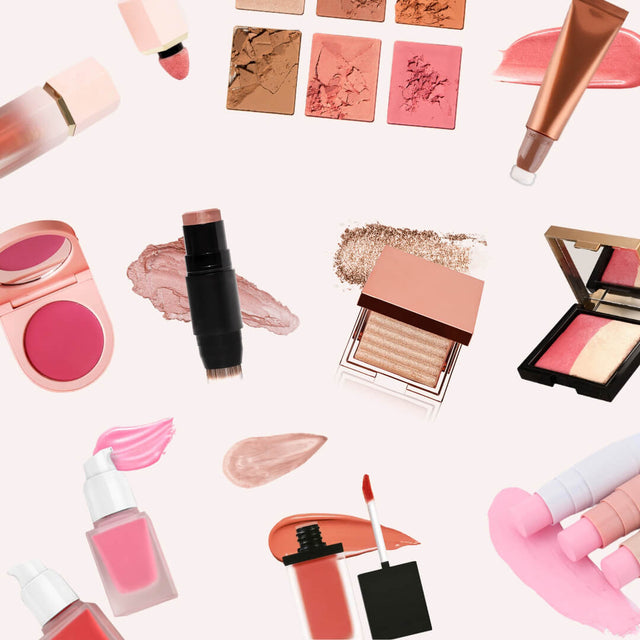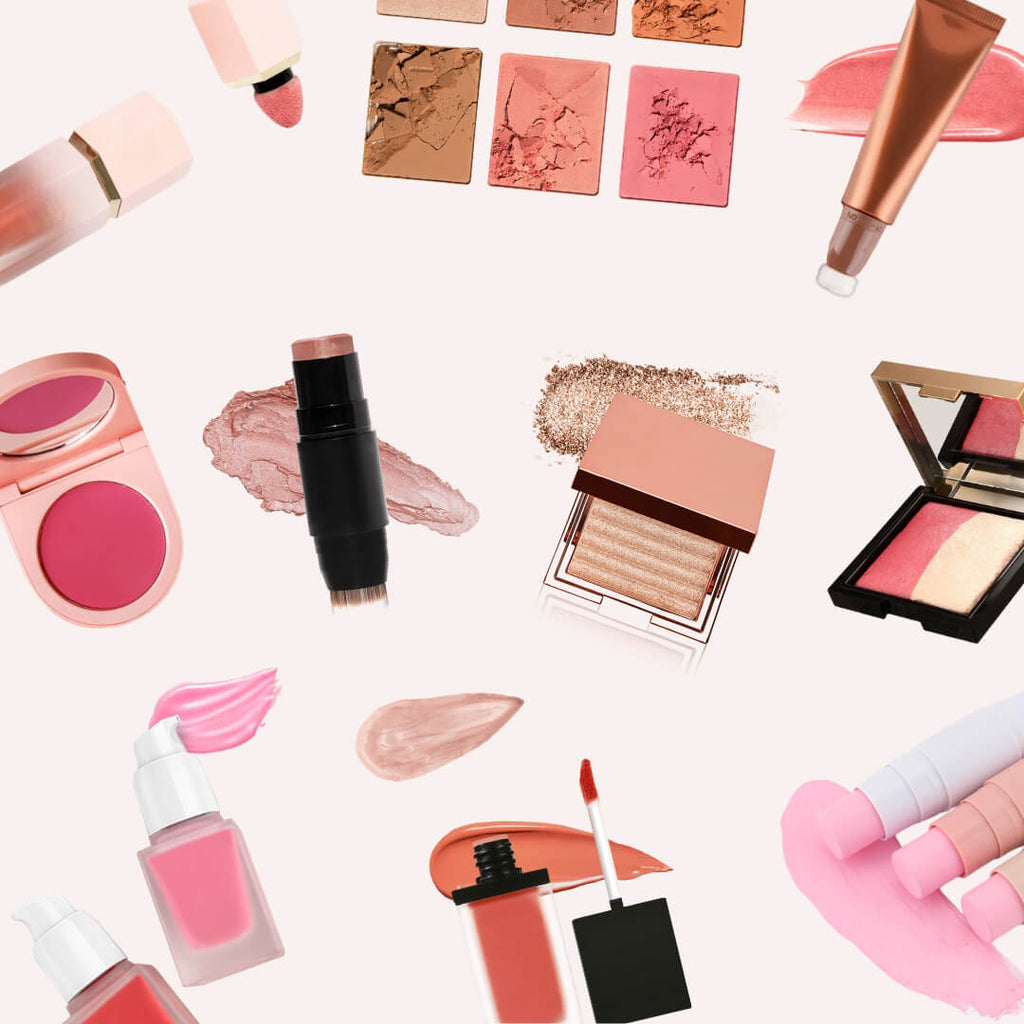How Is Makeup Made? Explained by A Cosmetic Manufacturer
Have you ever wondered how your favorite lipstick or foundation is actually made?
It’s not just mixing some colors together.
The process is far more captivating than you may imagine. Here, we delve into the fascinating world of makeup production, straight from our role as a cosmetic manufacturer.
From the ingredients that are part of your makeup to the process of transforming them into your daily products, we'll delve into it all.
Let’s uncover the beauty industry and reveal what goes into creating that perfect shade of lipstick.
The Key Ingredients in Makeup
To create a top-notch makeup product, the key lies in its ingredients and manufacturing process. Each part serves a purpose, whether it's adding color or ensuring a flawless application.
First, understanding key ingredients helps you better assess cosmetic product compositions.



